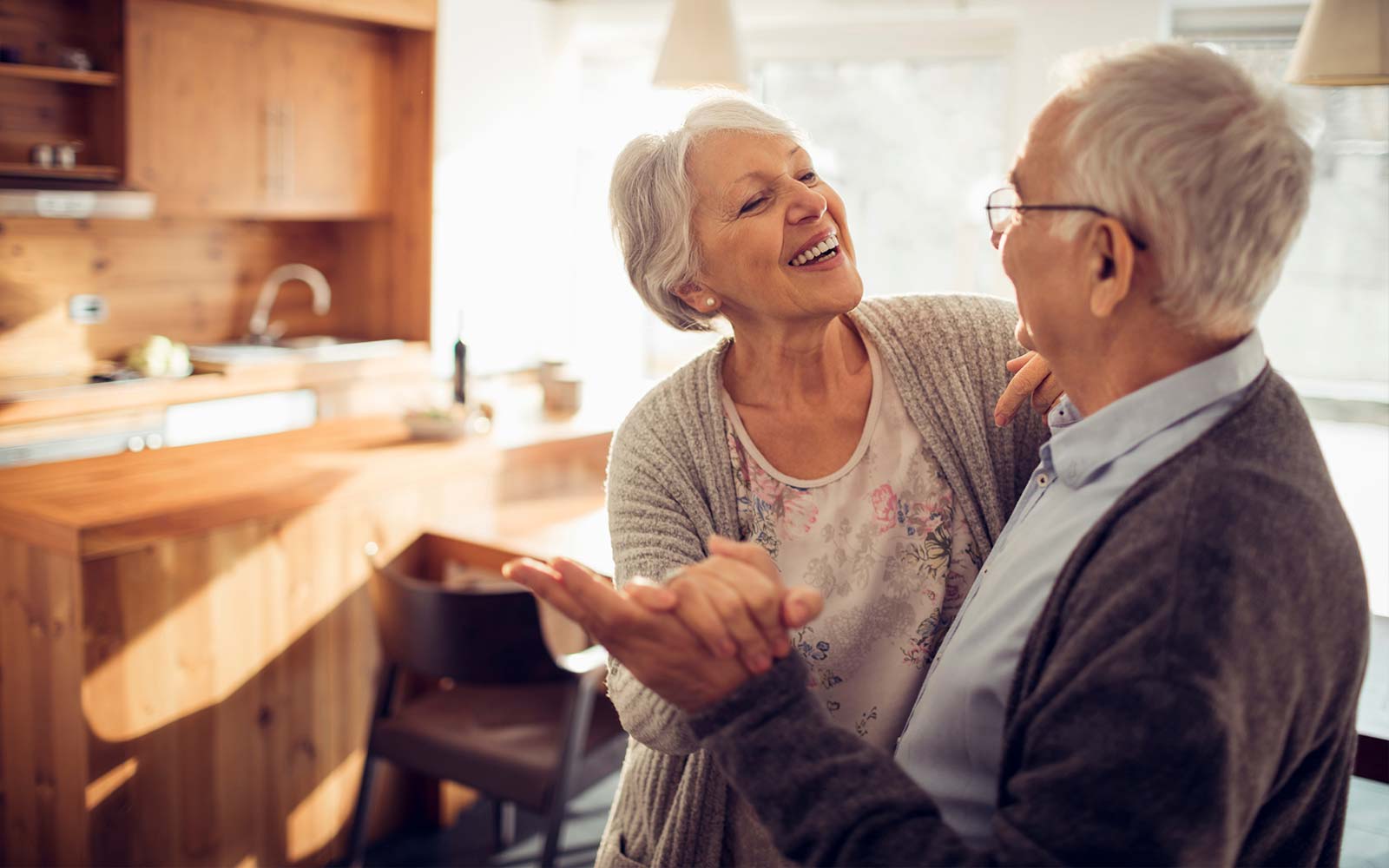Although this isn’t the first time the world has struggled with a pandemic, we’ve never before faced a situation where the entire world reacted the same way in such a short period of time. Lockdowns and other efforts to fight the risk caused people to dramatically change how they kept their bodies moving. But with this drop in physical activity we face a new threat perhaps even greater than Covid-19.
Numerous worldwide studies are finding that the cost of inactivity driven by lockdowns and other factors is leading to an extraordinary epidemic of obesity and health concerns. Around the world, access to facilities and activities like gyms, dance, yoga and aerobic classes have been limited to various degrees. Even where they are available, people are hesitating to take part because of concerns about exposure to Covid-19. That’s understandable. But with inactivity come many other issues that may have long-term consequences on quality of life and mental health.
Physical inactivity (defined as not meeting the physical activity guidelines) and sedentary behaviour (generally defined as too much sitting) were already problems before the pandemic reared its ugly head. Previous studies show that 31% of North Americans were already physically inactive. Time spent sitting was at an unhealthy average of 7.5 hours/day. Importantly, both of these behaviours are associated with poor disease-related outcomes. People who are inactive and sedentary suffer from high disease activity, pain and fatigue. And these things lead to factors like obesity and insulin resistance.
When Covid-19 hit, people became even less physical activity than before, owing to self-isolation and quarantine requirements, reduced opportunities to remain physically active, and fear of being infected.
The problem is that even brief periods of exposure to lack of activity has a terrible outcome.
For example, according to a report published by the American Physiological Society, cutting down the number of daily steps has led to impaired insulin sensitivity and lipid metabolism, increased visceral fat and decreased fat-free mass and cardiovascular fitness in healthy adults. The study also found that putting in a spurt of activity doesn’t come close to countering the negative impact of just four days of inactivity. Researchers say this suggests that people can become ‘resistant’ to the usual positive impact of exercise if they are inactive for too long.
Just two weeks of inactivity has been shown to decrease muscle strength by approximately 8%.
Data from 30 million users worldwide estimates a decline in step count of approximately 12% in the United States (when comparing 2019 and 2020), and even greater in other countries (e.g., 38%, 25%, and 15% in Spain, Italy, and Brazil, respectively).
Muscle mass is associated with strength. Just two weeks of inactivity has been shown to decrease muscle strength by approximately 8%. Surprisingly, two weeks of rehabilitation did not recover muscle function. It takes far greater, consistent activity levels to get back to what was lost in just a two week period. In addition to its impact on muscle mass and function, reducing steps to approximately 1,000 to 1,500 steps/day has been shown to worsen glucose handling (skeletal muscle is the main glucose disposal site), which was accompanied by increased inflammation and anabolic resistance.
We already know that dance is one of the best ways to remain active. In addition to keeping your body moving, it promotes mental health through the use of short-term memory, significantly reducing the risk of Alzheimer’s and other memory diseases.
If you’ve been avoiding dance classes because you’re worried about the threat of Covid-19, you may have been putting yourself at even greater health risk by doing nothing at all. Get those feet moving and rediscover the joy of dance. If you’re too worried still to go to a class, at least find a way to do some serious dancing every day.
You may also like Why ballroom dance is your best fitness program














